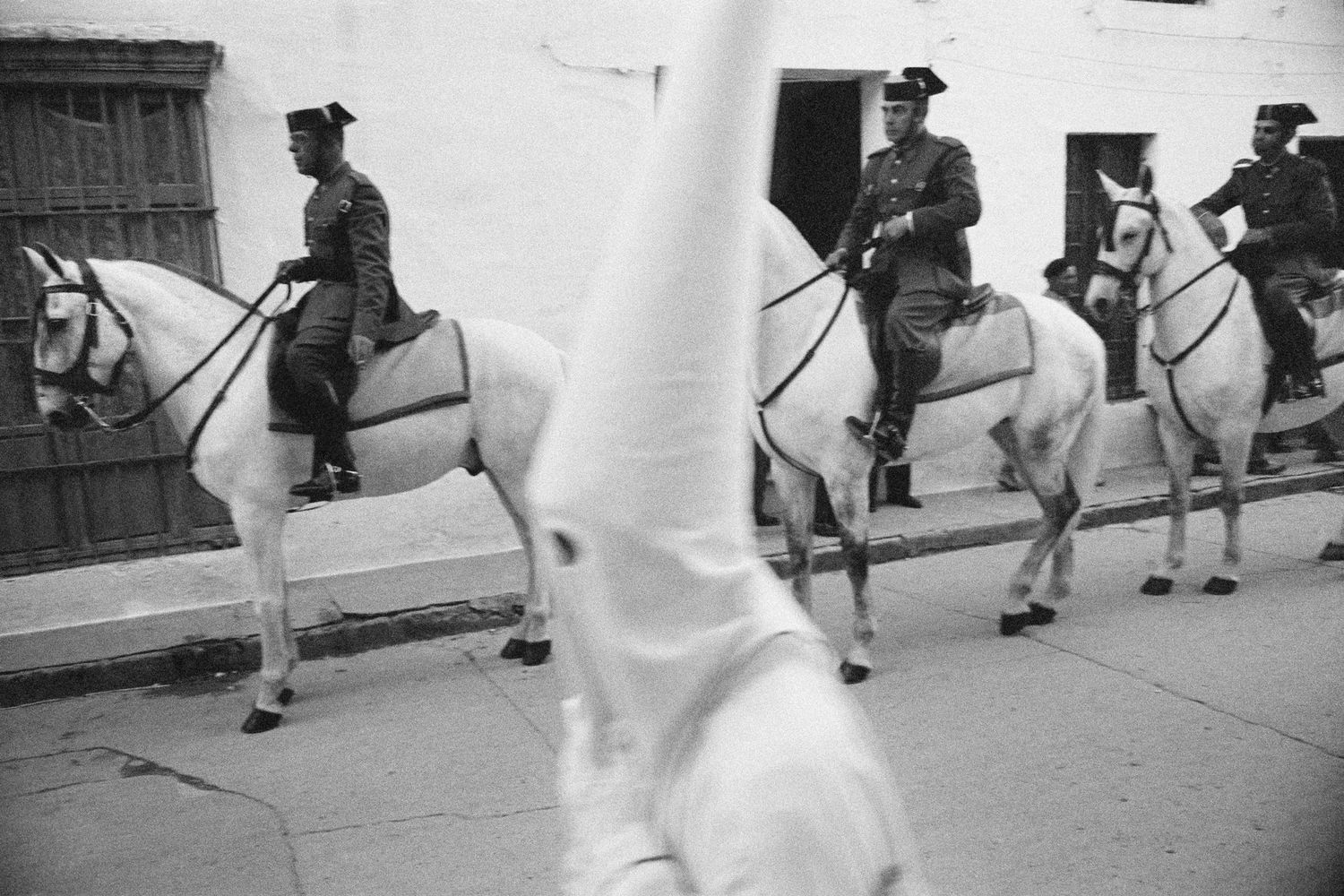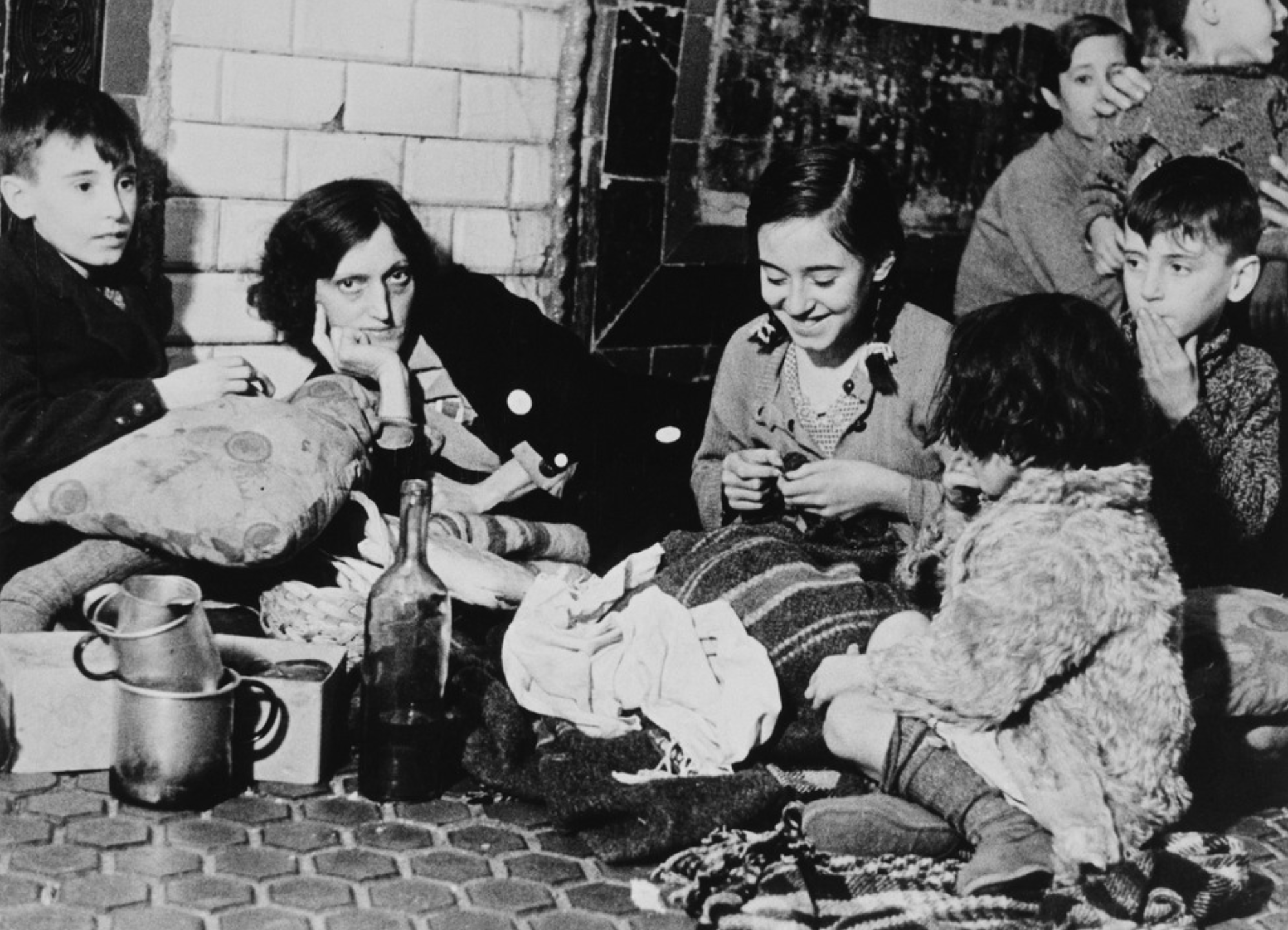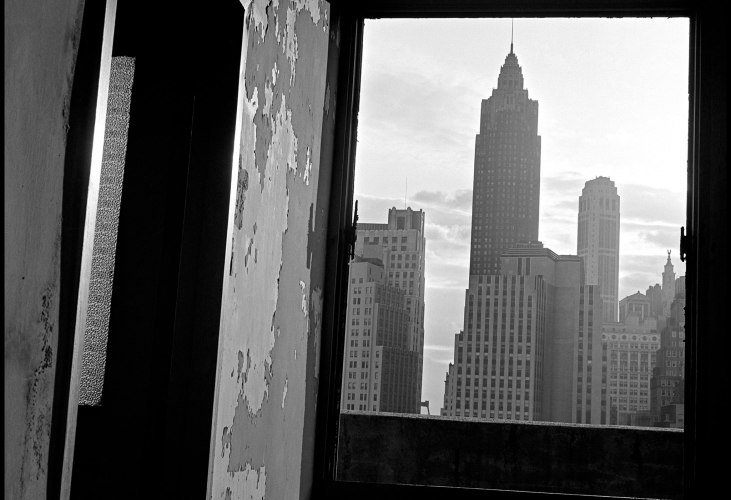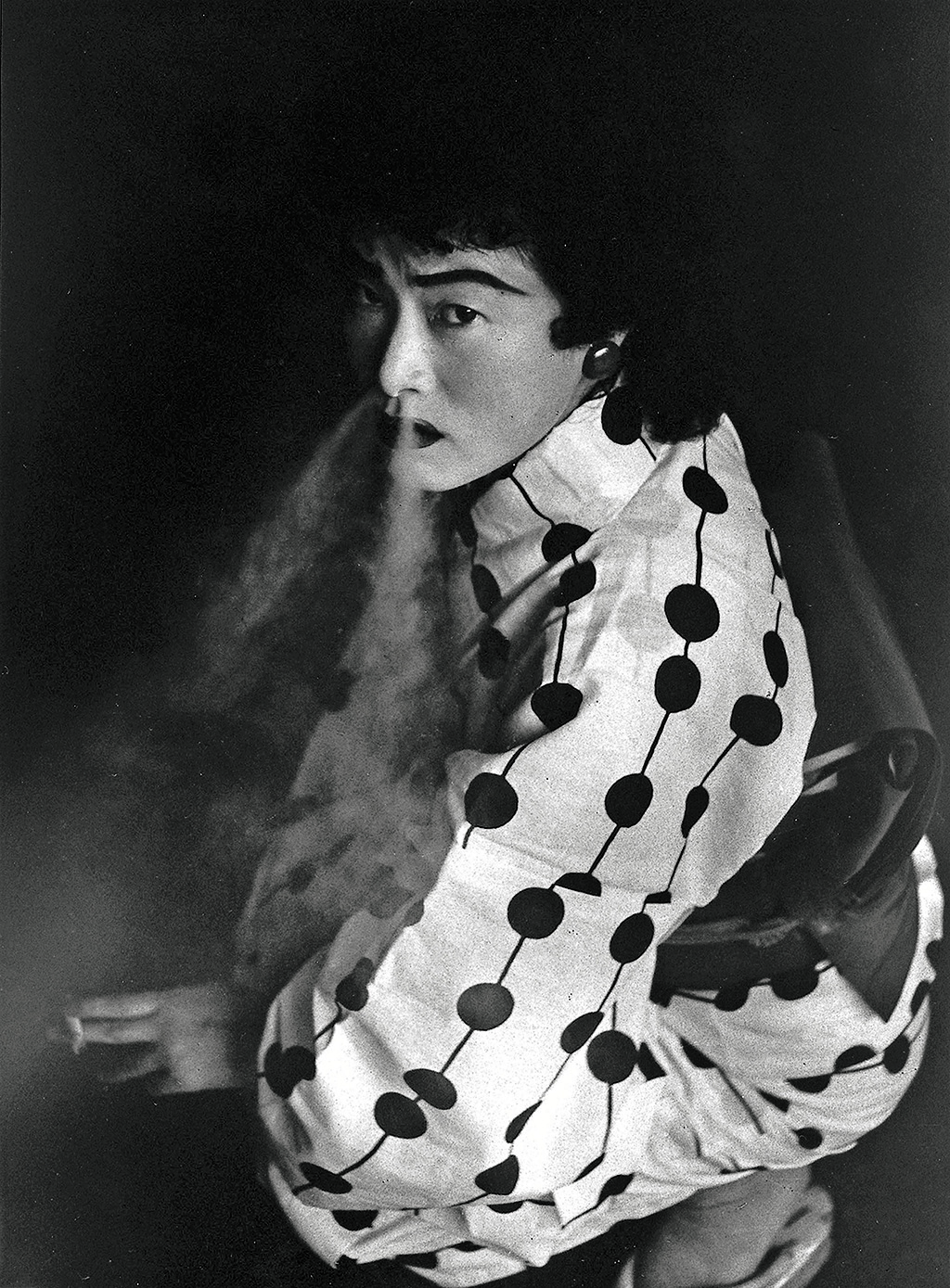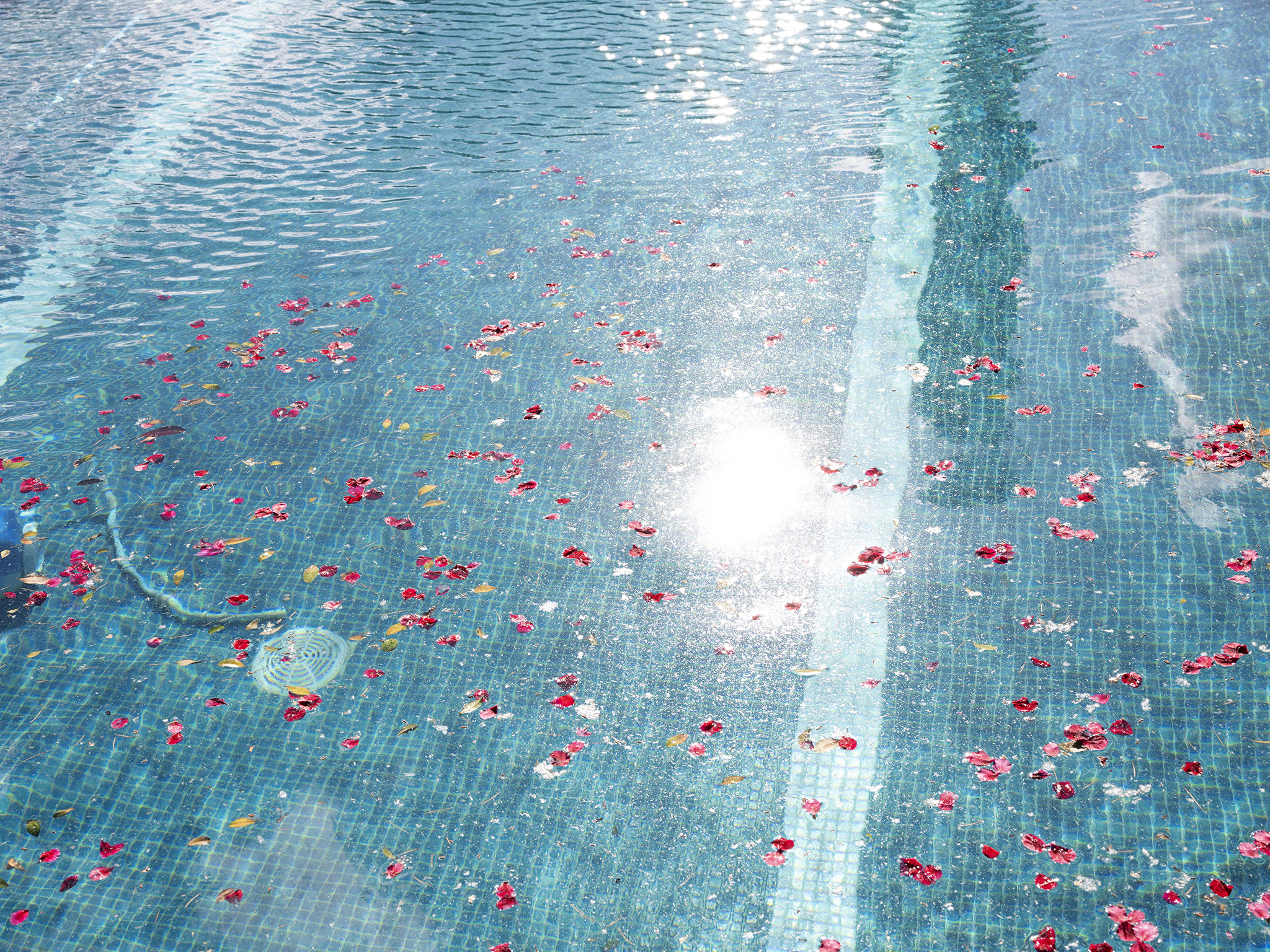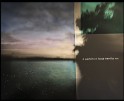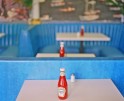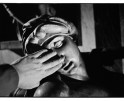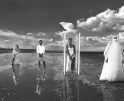Photo España 2020
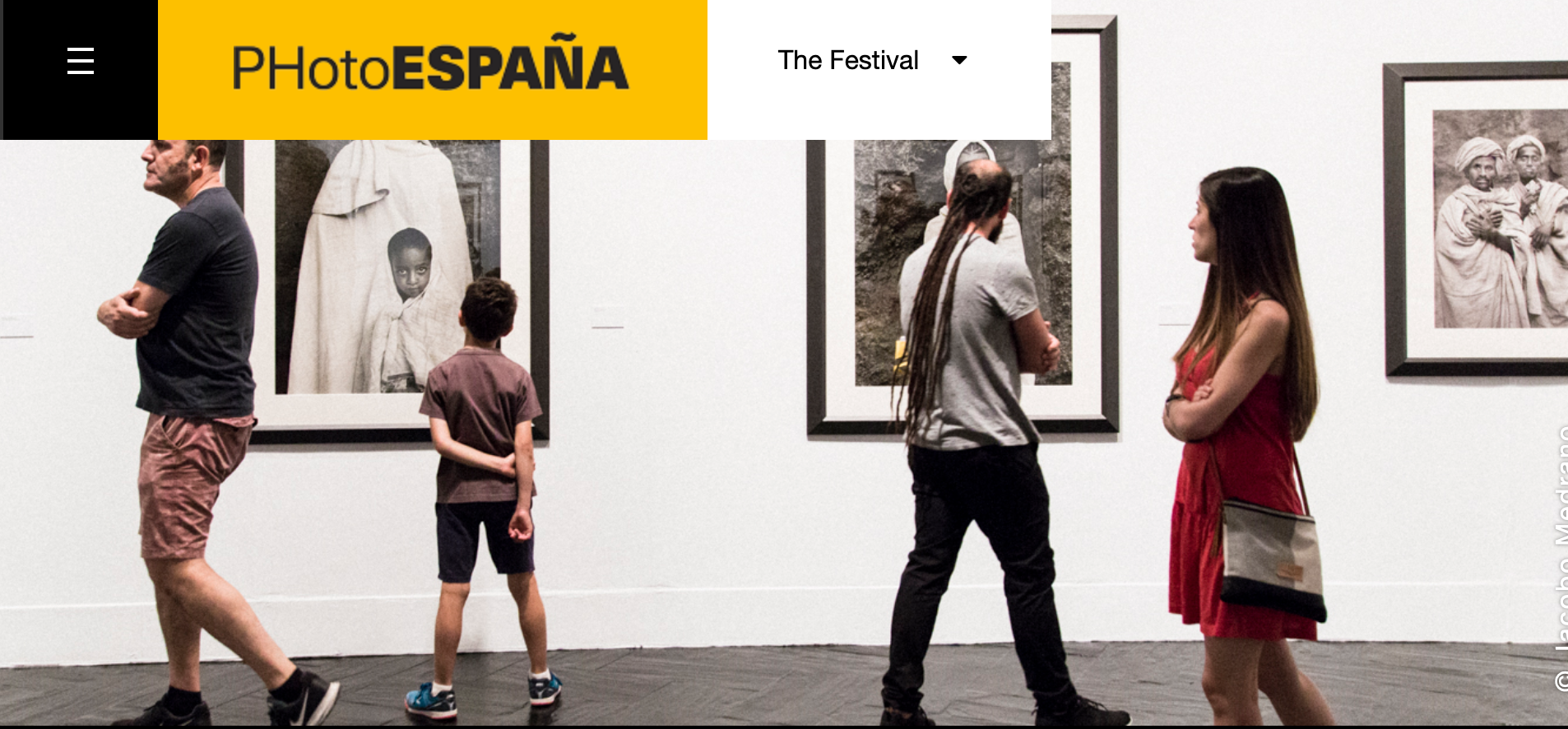 Photo España (PHE) is one of Europe’s largest and most recognized photography festivals. Year after year, the event organized by La Fábrica brings together artists and public from all over the world. The 23rd edition, for obvious reasons, faced major setbacks. It started June 25th, straight out of confinement, and lasted until October 31st, in what can be called an extended version. Nevertheless, it featured the work of roughly 350 photographers in galleries, cultural centers and the streets of several Spanish cities.
Photo España (PHE) is one of Europe’s largest and most recognized photography festivals. Year after year, the event organized by La Fábrica brings together artists and public from all over the world. The 23rd edition, for obvious reasons, faced major setbacks. It started June 25th, straight out of confinement, and lasted until October 31st, in what can be called an extended version. Nevertheless, it featured the work of roughly 350 photographers in galleries, cultural centers and the streets of several Spanish cities.
Disclaimer: as it is virtually impossible to offer, or write, a text that properly addresses the whole festival, I have written some thoughts on my personal highlights and preferences.
The first exhibition I would like to comment on was “Visit Spain”, by Spanish photographer Ramón Masats, one of this year’s main attractions. It took place in La Tabacalera, an old abandoned tobacco factory later converted into a cultural center that plays a major role in Madrid’s cultural life. I must confess I had no deep knowledge of Masats’ work, but what I have seen has certainly surprised me. The 145 exhibited photographs are part of a larger body of work produced between 1955 and 1965, funded by Spain’s Ministry of Information and Tourism during Franco’s dictatorship as a means to promote Spain as a touristic attraction.
It featured many of the social and cultural values and symbols that helped build our imaginary of the country back then. Bullfights, religion, football, poverty, but also the sevillanas, infant mortality, political leaders (featuring a Franco portrait) and many other particularities. The country had recently been in a civil war and the consequences were all too obvious.

©Ramón Masats,
The photographs depicted a picturesque Spain, no doubt, but they also had a very subtle sense of irony. And although the work was commissioned by Franco’s government, Masats’ photography overcame censorship and managed to play with it. The subtleties and sophistication in all of the photographs, the instants, the composition and possibilities of the use of Black and White are remarkable.
The collective exhibition Cámara y Ciudad – La Vida Urbana en la Fotografía y el Cine (Camera and city – the urban life in photography and cinema) started with a classic, Paul Strand. Mixing the collection from the Centre Pompidou, in Paris, with Spanish archives, the exhibition featured a specific installation dedicated to the work of Robert Capa in the Spanish capital during the civil war years. In fact, there was a clear political statement in this, almost as a warning to the current rise of fascism.
There were also softer moments, with beautiful works Diane Arbus, Paul Graham, Valérie Jouve, among others. After visiting it, it felt how the political momentum brought about great concerns in showing how societies apparently are caught within a sort of eternal return, between freedom and authoritarian forms of government, war and peace, development and decay. In this exhibition the city is a stage, object, and subject where struggles for power, identity, culture and, of course, the impact of the digital technologies in surveillance and repression take place.
One of these days I was listening to a podcast where ICP’s Managing Director of Programs David Campany was saying how photography has some sort of amnesia. Particularly, he was referring to photographs that were made in the past and often we have no knowledge of them in the present. But at times, it is also interesting that with such a short life, photography and photographers have witnessed (and produced) a multitude of essays that document, refer to, explain, explore or build different worlds. Cities are such worlds.
In that sense, and continuing with the topic, Danny Lyon’s work exhibited at the ICO Museum on the destruction of lower Manhattan is a statement on how cities as living, and dying, entities are treated with reverence but also when not needed are simply destroyed. The prints were amazing, and it was an exhibition that paid tribute to transformation, time and the beauty in urban decay.
At the Circulo de Bellas Artes, a magnificent building in Madrid’s centre, three simultaneous exhibitions. One of Japanese Photography, from the Provoke movement, one by Miguel Trillo called “La Primera Movida”, featuring Madrid’s intense nightlife during the 80’s (post-dictatorship) and, in a look towards next generation photographers, Futures, a collective exhibition, featuring the works of Bernardita Morello, Mar Sáez, Ire Lenes, Ruth Montiel Arias and Jon Gorospe. As a fan of Japanese photography, it was a joy to watch Shōmei Tōmatsu, Toyoko Tokiwa, Tamiko Nishimura, Ikkō Narahara, Takuma Nakahira, Daidō Moriyama, Eikoh Hosoe, Akira Satō or Kikuji Kawada and Yutaka Takanashi. Probably due to all the COVID situation, the exhibition was quite formal. However, it was still a great experience.
Another highlight of the festival was the online exhibition “Tiempo detenido. Memoria fotográfica del confinamiento” – Time at a standstill. A photographic memory of confinement”. 42 photographers in Spain were invited by Photo España and Fundación Enaire to document their experience of confinement, showing us how a global event impacts each and every one of us in different ways. Time, illness, death, pause, emptiness, absence. These are all concepts we currently know unfortunately all too well, and that the winner of this exhibition, Lurdes R. Basolí, did in a particularly interesting way. Great works by photographers such as Eduardo Nave, Laura San Segundo, Ariadna García, Rafael Trapiello, Samuel Aranda and many others are a joy to watch. The exhibition is available here https://www.phe.es/autores/
Last but not least, a note for Photo España’s photobook competition winners. Best international Photobook went to Stephen Gill’s “The Pillar”, “San Noir” by Elie Monferier as the best auto-edited photobook and best editorial do Dalpine Books. But allow me to personally congratulate David Jiménez for the best national photobook “Universos”. I must say I am a huge fan of David’s work, and so these will not be neutral words. I met him personally shortly after I arrived in Madrid, and had the chance to visit his solo exhibition in 2019 at the stunning room Sala Canal Isabel II, an old water tank no longer in use. David is a soft, delicate and intriguing photographer, a visual poet whose attention to detail is overwhelming. Truly deserved award. For those who are curious, I seriously recommend you check out his work at https://www.muycerca.net/
There are many more exhibitions that can be visited until late January 2021, so if you are around Madrid, do pay a visit to one of the best photography events in Europe. Wearing a mask, of course.
Posts on Lenscratch may not be reproduced without the permission of the Lenscratch staff and the photographer.
Recommended
-
2023 in the Rear View MirrorDecember 31st, 2023
-
The 2023 Lenscratch Staff Favorite ThingsDecember 30th, 2023
-
Inner Vision: Photography by Blind Artists: The Heart of Photography by Douglas McCullohDecember 17th, 2023
-
Black Women Photographers : Community At The CoreNovember 16th, 2023

